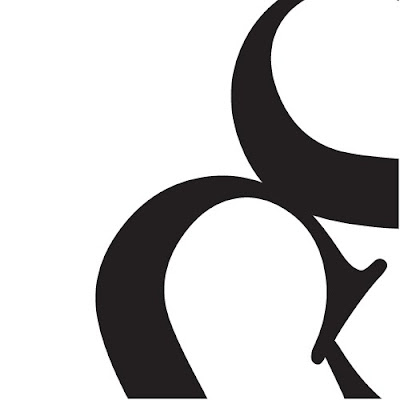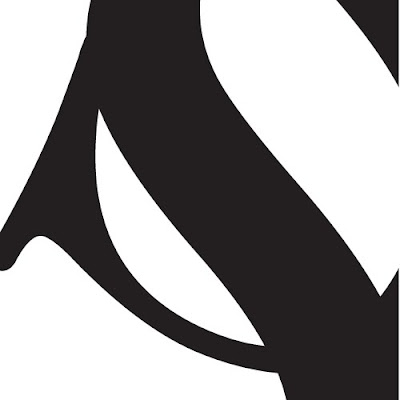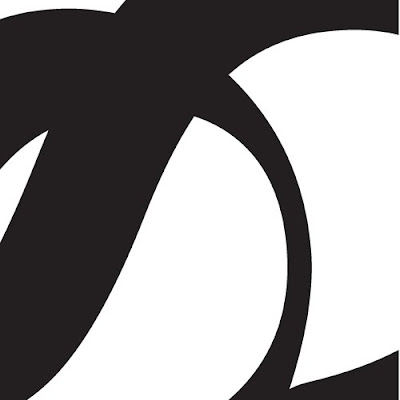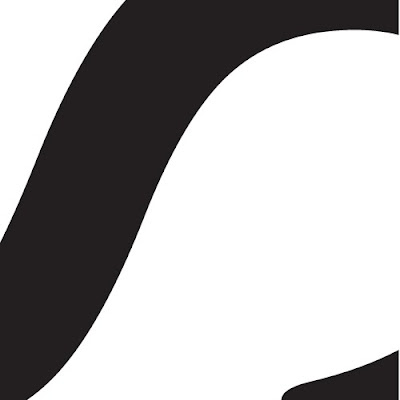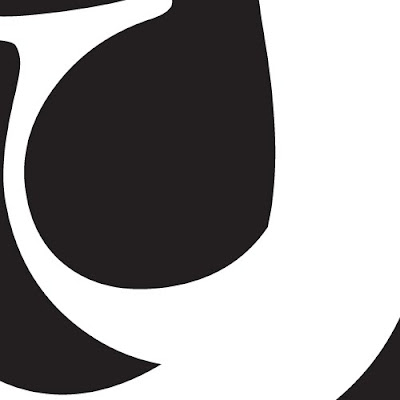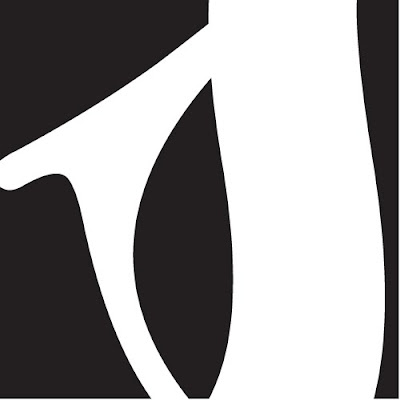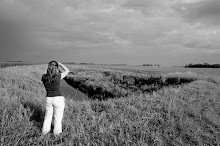
Minnesota State Fair side show banner typography, September 2009

Found typography on a Wisconsin farm corn crib, July 2009
As many designers will tell you, especially ones who love typography, one of the joys or maybe obsessions is to find and photograph found typography. This can happen anytime and anywhere. I collect typography examples, either terrible or fantastic. Because I take photographs all the time, most of the typography I find ends up being shot rather than taken home with me.


Both of the above photographs were taken at Bob's Java, one of the menu board and one of numbers painted on the ceiling, July 2009

A bridge sign in eastern Wisconsin, July 2009

A "Food" sign on top of an abandoned outdoor food stand in Wisconsin, May 2010

A worn sign in Northern Hibbing, Minnesota, May 2010

An old sewer cover in North Hibbing, Minnesota, May 2010
Many times, this typography is found on my travels to other areas or especially other countries. This lends itself to amazing opportunities because it usually means new styles and new languages of type.



The above three photographs were taken in Buenos Aires, Argentina, March 2008

Signage typography at the Minnesota State Fair, September 2009

The market sign in Seattle Washington, November 2008



So, why is that I and many other get joys out of finding and collecting typography? For me, it is seeing through another designer's or manufacturer's eyes. What was it about this style or this material that made this seem attractive or appropriate? Was it purely aesthetic or were there other choices? I find these questions fascinating. I can think about them but also appreciate the piece as a piece of art on its own.
It is also purely a collection of all the endless typography that is out there that sometimes goes unnoticed or has decayed. Many times, it deserves another look and some attention. It also makes you take a closer look at the details and objects in your immediate surrounding that you may miss. For me, it keeps my vision sharp and gives me new ideas for my own design and photography.











